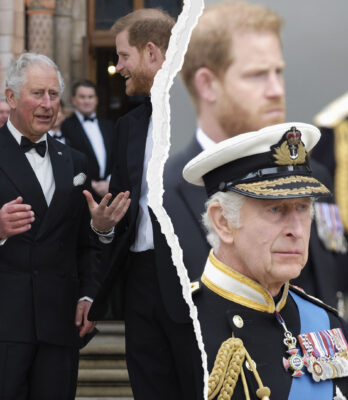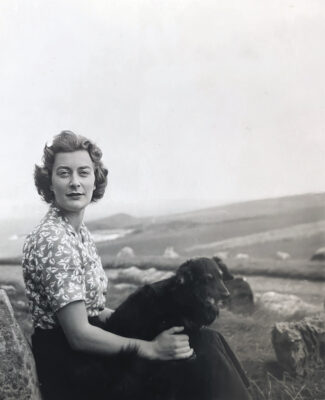
The Royals
THE CARS OF KING CHARLES III
He’s an environmentalist with a taste for classic architecture—but he’s also passionate about motors.
King Charles III is known the world over for his concern for the environment, for his promotion of sustainable farming and for his preservation of architecture. However, another passion that he has been able to indulge during his lifetime is his love of cars—and some special ones at that.
Upon acceding to the throne on September 8, 2022, Charles inherited all the vehicles in Buckingham Palace’s Royal Mews, including two armored Bentley State Limousines built specially for The Queen in 2002 to mark her Golden Jubilee. These are joined by the 1950 Rolls-Royce Phantom IV used by Meghan Markle (and her mother) when she married Prince Harry; a 1977 Silver Jubilee Rolls-Royce Phantom VI; and a 1987 Rolls-Royce Phantom VI.
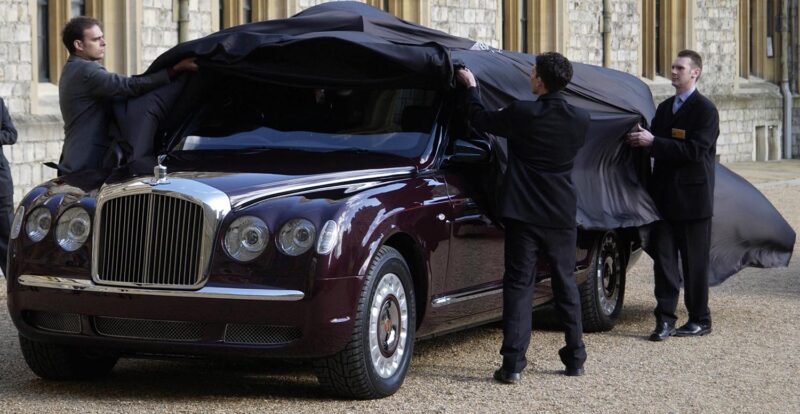
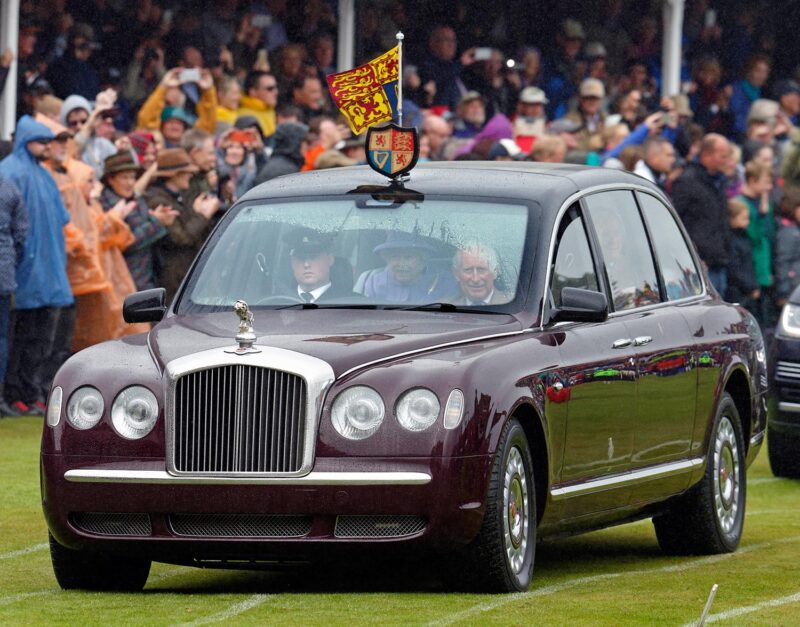
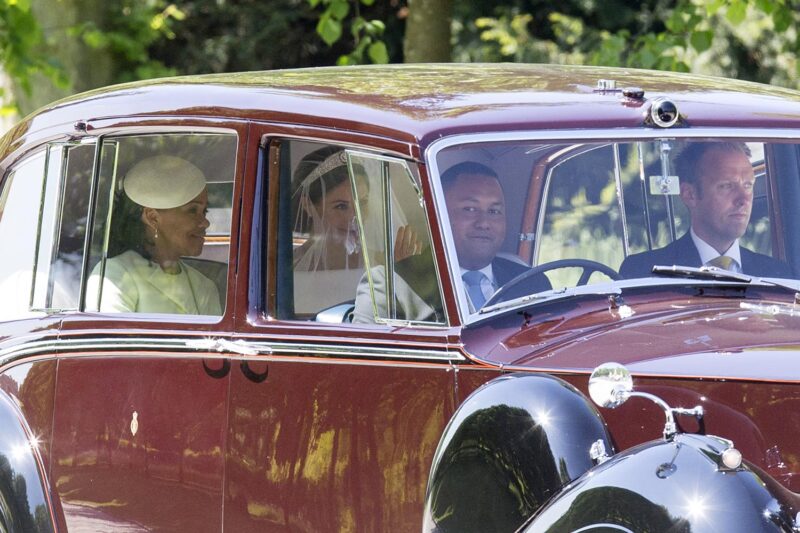
All state vehicles are painted in two-tone Royal Livery—the lower sections in Royal Claret and the upper in Mason’s Black. When on state business in England, the cars carry the St. George and the Dragon mascot on the hood; the Lion when driven in Scotland. (A model of Britannia, the female warrior holding a trident and shield, that belonged to the Queen Mother is also sometimes used.) State vehicles do not display license plates.
The Royal Review Vehicle is a 2015 Range Rover Hybrid customized so that the rear section is open for the monarch to stand, inspect—and be seen. The whole fleet is supported by several additional Range Rovers and Jaguar XJs—all in “Claret and Black”.
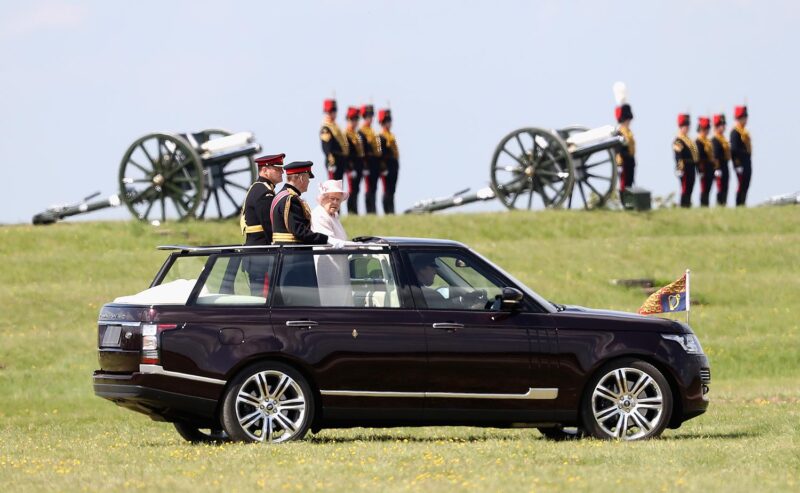
But it is His Majesty’s personal cars that really reveal his enthusiasm for fine motor cars—as well as his determination to be as eco-friendly as possible.
His first car was a 1968 MGC GT in Seychelles Blue. These small, two-door sports cars became incredibly popular in the United States after World War II when veterans started bringing them home. Indeed, of the half million MGs manufactured between 1962 and 1980, over 60 percent ended up in the US. The prince would have undoubtedly cut a dash driving it as a student at Cambridge University, particularly as the MGC sported a 2.9-liter 6-cylinder engine as opposed to the 1.8-liter 4-cylinder variant in the much more common MGB. Such was his regard for this little sports car that he kept it for over 30 years.
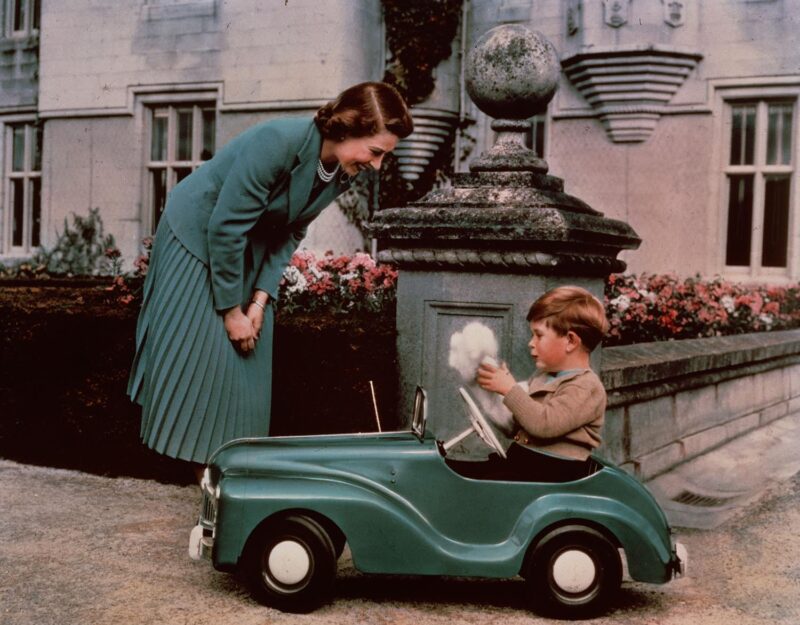
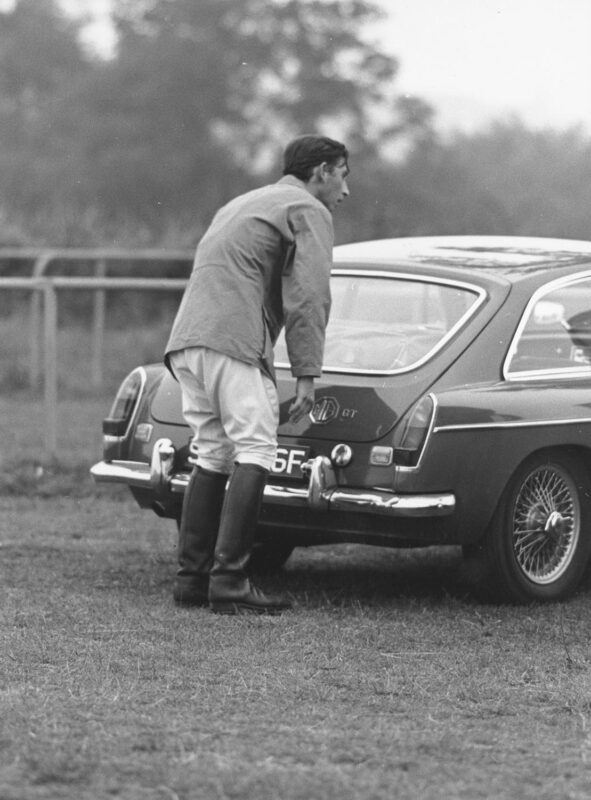
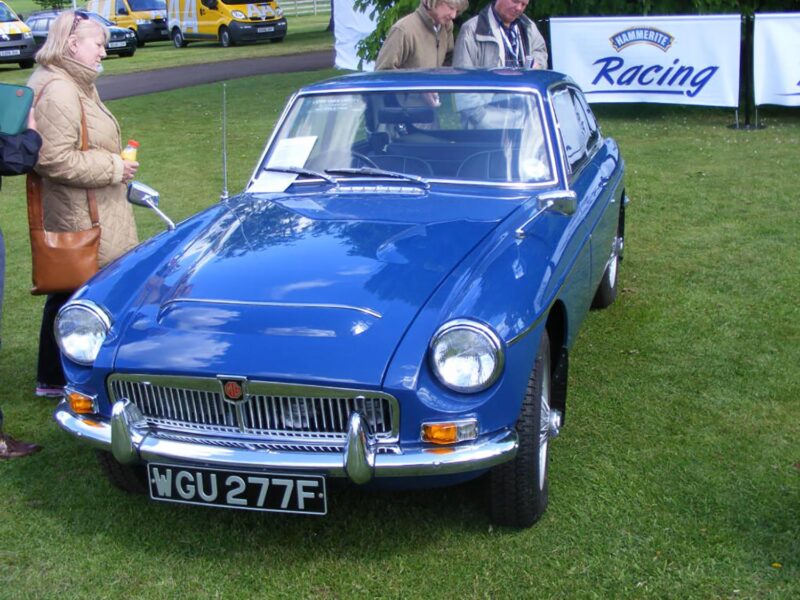
However, it was soon upgraded by a 1969 Aston Martin DB6 Volante that The Queen gave him as a present for his 21st birthday. This car will be very familiar to the 160 million people worldwide who watched the wedding of Prince William to Kate Middleton—they used it as their “going away” car.
Charles may have had some qualms about driving not one but many perfectly fuel efficient cars. But he solved his moral dilemma in two ways. First, he did a lot more “owning” than actual driving; the cars were much photographed objects of beauty. But then, for those he did drive frequently, he made sure they were customized in very specific ways. The 1969 Aston Martin DB6, for instance, had been converted to run on bioethanol produced from by-products of the wine- and cheese-making industries and now, according to the engineers at Aston Martin who performed the conversion, the exhaust fumes “smell delicious.”
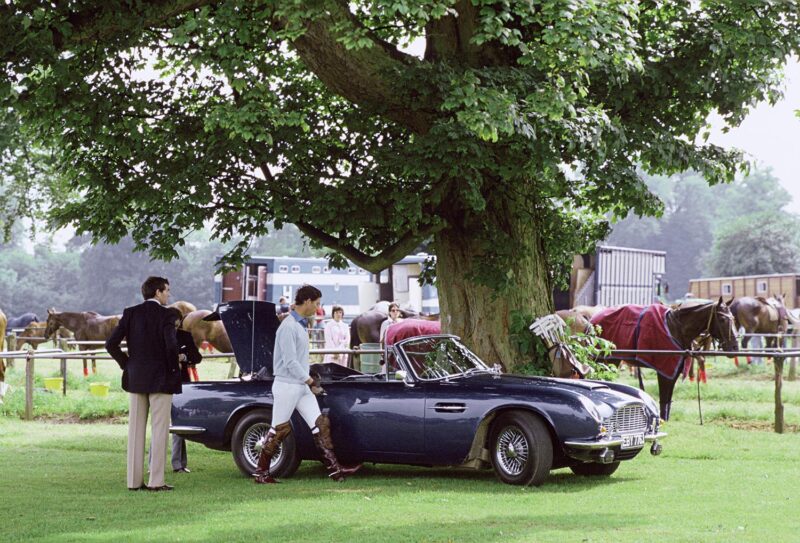
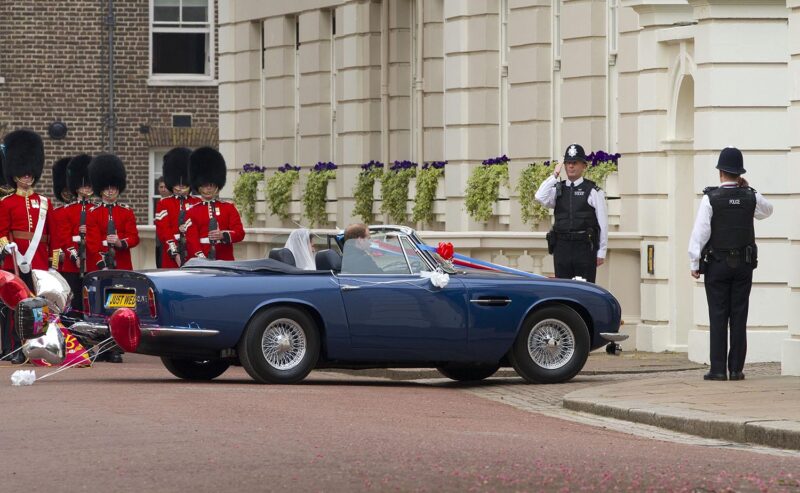
Sometimes, too, he weighed in on a car’s design. At one point, for example, the Emir of Bahrain gifted the then-Prince of Wales with a 1986 Aston Martin V8 Vantage Volante in British racing green. It was a stunning and quintessentially British “brute in a suit” sports car. (This correspondent was fortunate enough to be driven in it at high speed as a ten-year-old boy—igniting a lifelong love of cars.)
When Charles visited the factory to specify his car, he decided that he did not like the ostentatious, flared wheel arches and large spoiler at the rear. So had the car built without them. So successful was the outcome that the chairman of Aston Martin, Victor Gauntlett, had one built to the same specification and soon 19 other customers followed suit. These 21 cars are known as the ‘PoW’ spec cars and are highly desirable.
More recently, he has been driving an Audi A6 Allroad. This vehicle garnered some criticism for hypocrisy as King Charles has always encouraged the British public to buy British. Perhaps with this bit of British car-pride in mind, the latest addition to the personal Royal garage is a Loire Blue 2018 Jaguar I-Pace, a zero-emission fully electric vehicle which he motors around the congested streets of London thereby further boosting his eco credentials.
Perhaps his most personalized motor was yet another Aston Martin, this time came in the form of a 1994 Virage Volante, with an enhanced special order 6.3-liter engine over the standard model’s 5.3-liter unit. This car was fitted with a special sugar lump holder in the central armrest to hold treats for HRH’s polo ponies. He was regularly photographed driving this car to and from polo tournaments right up until 2007. (This author can attest from personal experience that they were, in fact, Kilner jars upholstered in finest leather and embossed with the heraldic emblem of the Prince of Wales—three ostrich feathers emerging from a gold coronet. Some style!)
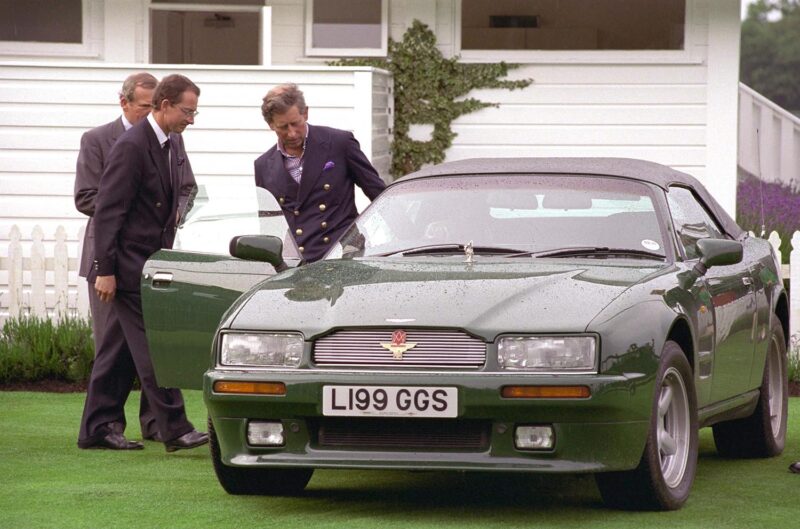
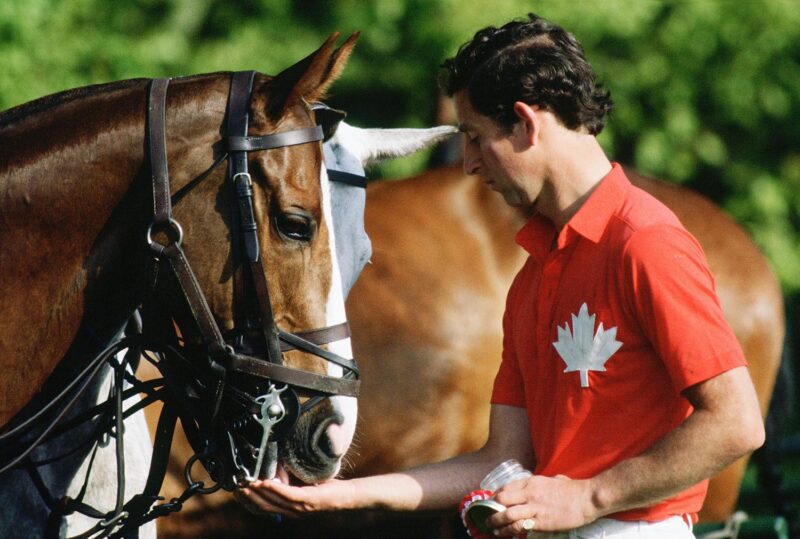
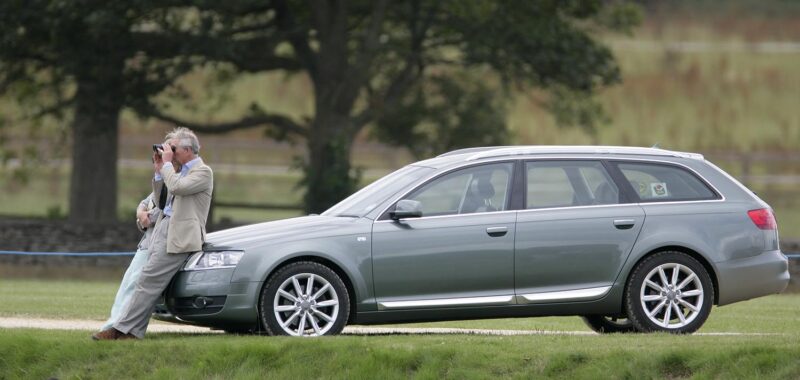
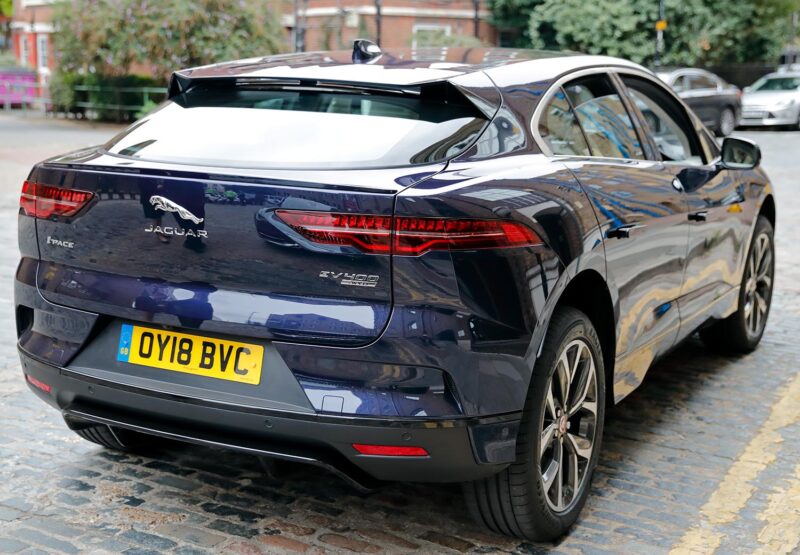
Now that Prince Charles has become King, will he also leave behind his days as a car aficionado? The chances are, while he might not have as many opportunities to get behind the wheel, he’ll still be able to admire his fleet for their sleek beauty far into the future.
Hero image: Prince Charles arrives in his Aston Martin car to attend a polo match at Windsor Great Park in 1975. Photo by Anwar Hussein/Getty Images
